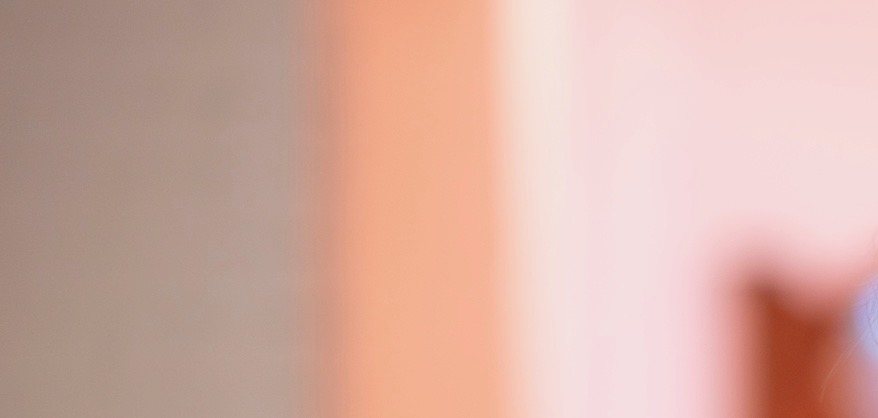
CO2 Laser Skin Resurfacing Treatment
CO2 Laser Treatments
The eCO2 Laser is a cutting-edge evolution of traditional CO2 laser resurfacing, offering the same dramatic skin improvement but with enhanced safety, customisation, and faster recovery. This treatment is ideal for addressing wrinkles, scars, and pigmentation with minimal downtime and long-lasting results.
What is the eCO2 laser?
The eCO2 Laser is a fractional ablative laser designed to improve skin texture, tone, and appearance by targeting damaged areas with precision. It builds on traditional CO2 laser technology with innovative features for better safety, patient comfort, and outcomes.
How does eCO2 differ from traditional CO2 lasers?
- Fractionated Technology: eCO2 targets a fraction of the skin at a time, leaving healthy surrounding tissue to promote faster healing. Traditional CO2 lasers treat the entire surface, resulting in longer recovery times.
- Controlled Chaos Technology™: eCO2 uses a unique algorithm to deliver laser pulses in a pseudo-random pattern, reducing heat build-up and discomfort.
- Customisable Settings: eCO2 offers deeper ablation (up to 2.5mm) and versatile modes (Dynamic and Static) to tailor treatments to individual needs, whether for superficial rejuvenation or deep scar correction.
- Improved Safety Profile: Advanced energy delivery and heat dissipation minimise risks like scarring and pigmentation changes.
In summary, the eCO2 Laser offers the dramatic results of traditional CO2 resurfacing with a shorter recovery period and enhanced safety.
How does eCO2 work?
eCO2 delivers laser energy to the skin in a controlled, fractionated manner. This creates tiny micro-wounds surrounded by healthy tissue, which speeds up the healing process.
- Fractionated Ablation: Targets only a portion of the skin at a time for precise results.
- Collagen Stimulation: Encourages the production of new collagen and elastin, rejuvenating the skin.
- Skin Renewal: Damaged tissue is replaced with healthier, smoother skin, improving texture, tone, and elasticity.
Key benefits of eCO2 laser treatment
- Deep Ablation: Effective for severe wrinkles, deep scars, and advanced sun damage.
- Shorter Recovery: Healing occurs more quickly compared to traditional CO2 lasers.
- Versatile Application: Treats a variety of conditions, including scars, pigmentation, and textural irregularities.
- Customised Treatments: Dynamic Mode for large areas, Static Mode for precise targeting.
Conditions treated with eCO2 laser
The eCO2 Laser effectively addresses:
- Wrinkles and fine lines
- Acne scars, surgical scars, and burn scars
- Pigmented lesions (sunspots, melasma, and age spots)
- Textural irregularities and large pores
- Solar/Actinic elastosis and actinic keratosis
- Rhinophyma (rosacea-related nasal enlargement)
eCO2 vs. LaseMD Ultra and Nanofractional RF
- eCO2 Laser: Ablative laser for deep skin resurfacing. Removes the outer layers of skin to achieve dramatic results in fewer sessions. Best for patients who can tolerate 1-2 weeks of recovery.
- LaseMD Ultra: Non-ablative thulium laser for superficial rejuvenation with minimal downtime. Focuses on pigmentation, sunspots, and fine lines.
- Nanofractional RF: Non-surgical treatment using radiofrequency to remodel tissue and stimulate collagen. Ideal for lighter scarring, fine lines, and skin of colour.
Before & after results
Explore real transformations achieved with eCO2 Laser treatments at Northside Dermatology:
CO2-EYE-rejuvenation-B-and-A-photos
Actual patients of Northside Dermatology. Photos are taken with our standardised clinical photography system and published with the patient’s consent. Individual results may vary. A thorough consultation is required prior.
Is eCO2 right for you?
The eCO2 Laser is ideal for patients seeking:
- Dramatic skin improvements after a single session.
- Treatment for deeper skin concerns, including scars and advanced aging.
- Customised care with a balance of results and recovery time.
Patients who prefer minimal downtime may be better suited to LaseMD Ultra or Nanofractional RF treatments.
Book your consultation
Discover the benefits of eCO2 Laser resurfacing at Northside Dermatology. Contact us to schedule your consultation:
- Call us at: 03 8582 8688
- Book Online
Send us a message
Contact Us
Hours of Operation
Monday - Friday, 9am-5pm
Phone Number
Fax Number
Emails
Medical Enquiries:
reception@northsidedermatology.com.auLaser & Cosmetic Enquiries:
cosmetic@northsidedermatology.com.au
